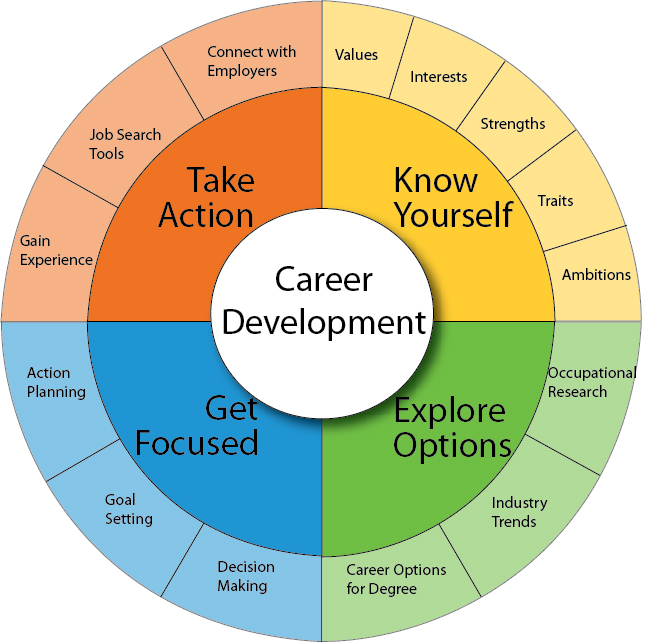
Career paths can be used to assist employees in transitioning from education to work. They mix task-focused approaches with action-oriented ones. They increase employee engagement, retention, and productivity. If implemented well, career paths can help companies reach their growth and staffing goals. In fact, some studies show that a career path can increase employee engagement by up to 50 percent.
Career paths can be both action-oriented as well as task-focused.
Career paths are not always clear, but there are some common themes. One of those common themes is action-oriented and task-focused thinking. To be successful in life, you need to find the right balance between these two approaches. People who think only about the task are more likely to feel overwhelmed by work responsibilities. Those who think more about the bigger picture will balance small tasks and the big picture.

They are linear or non-linear
Career paths are both linear and non-linear, and can lead to different outcomes. A linear career path typically involves several steps, starting with an undergraduate degree and moving on to medical school, residency, and finally a job as doctor. Non-linear career paths offer greater flexibility and autonomy.
When choosing the right path for you, think about your past experiences and how they can be used to help you choose. People from different backgrounds may discover common threads in their experience, such as the skills they've mastered and the contributions that they've made. You should identify transferable skills as skills can often be developed over time in a given environment. This way, if one job requires specific skills, it might be easier to use them in a different position.
They can help companies address their growth projections as well as staffing requirements.
Leaders should take into account the company's future growth projections, staffing requirements, and technology when developing career paths. These factors can affect the way employees are recruited and staffed. For example, new technologies can necessitate different skills. For employees to be well-prepared for the new roles, their career paths must take into consideration future skills that a company may require. Since many job roles are likely to disappear within the next decade, organizations should focus on fostering the soft skills needed to remain relevant and successful.
They can increase employee engagement and retention.
Employee engagement is essential to the success and growth of your business. Studies show that companies with engaged employees are more productive, and thus more profitable. They also have lower employee turnover rates and absenteeism. Deloitte found that boosting employee engagement increased retention by 87 percent. By creating a culture that values employee satisfaction, you can make employee engagement a priority.

Companies can improve employee engagement by creating career paths. Employees who feel engaged are more likely to stay with their company longer, contribute more to the organization's success, and save organizations time and money through reduced recruitment and training costs. In addition, career development can help employees feel more connected and engaged with the organization's mission.